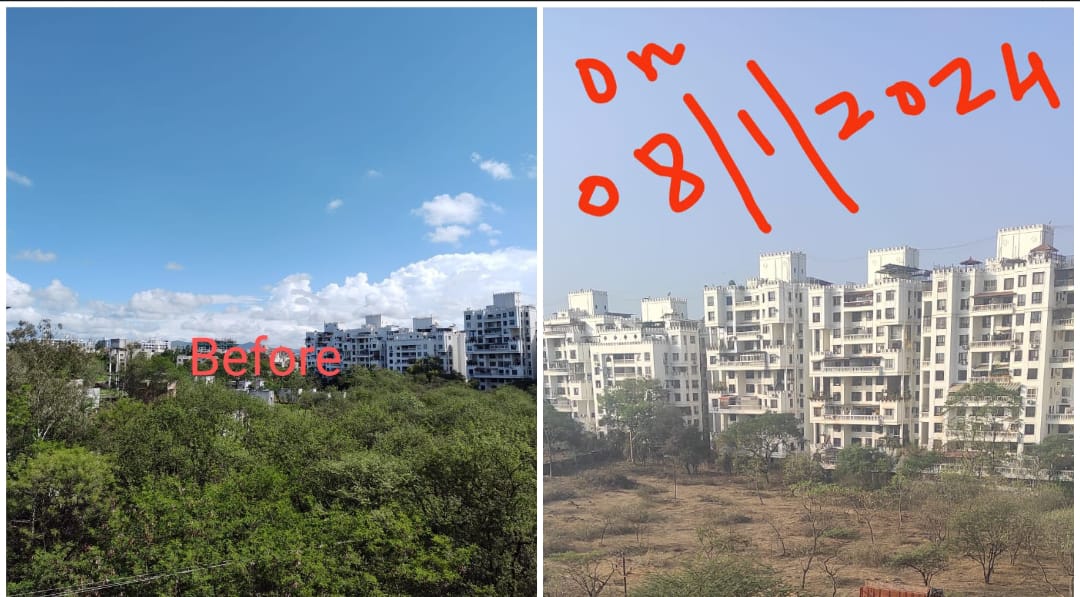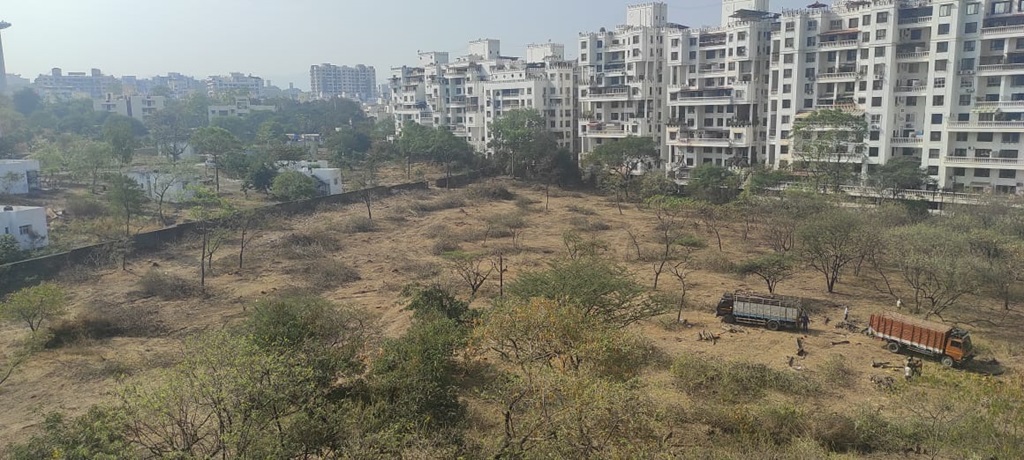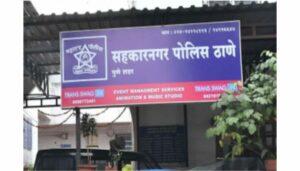Wanowrie’s SOS: Residents Seek Government Intervention as Deforestation Threatens Habitat In This Area Of Pune

Wanowrie, 8th January 2024: In a concerning turn of events, the neighborhood of Wanowrie is grappling with rampant deforestation behind the Ruby Hall Clinic area, leading to the mass exodus of native birds, including the iconic national bird, the Peacock, along with other essential wildlife. The once verdant landscape is now marked by cleared areas, raising alarms among residents and environmentalists alike.
Local residents have reported a significant decline in bird populations, attributing the unsettling phenomenon to the indiscriminate felling of trees in the area. “The Peacock, symbolizing grace and beauty, has been notably absent from its natural habitat, adding urgency to the need for immediate action,” a resident said.
Concerned citizens are now rallying to bring attention to this issue, calling upon the state and national bodies responsible for environmental conservation to intervene. “Deforestation not only disrupts the delicate ecosystem but also threatens the biodiversity of the region, putting various species at risk of extinction,” another resident added.
Residents have organized community meetings and awareness campaigns to garner support for the cause, emphasizing the need to halt the ongoing deforestation and implement measures for reforestation. The loss of habitat has not only affected the Peacock but also other native animals, further underscoring the environmental repercussions of such activities, they say.

Environmentalists argue that preserving the existing green cover is crucial for maintaining ecological balance and preventing adverse climatic changes. They stress the importance of sustainable practices and urge authorities to enforce stricter regulations to curb illegal logging and promote afforestation initiatives.
Wanowrie residents are now reaching out to relevant governmental bodies, submitting petitions, and raising their concerns through social media platforms. The goal is to attract the attention of environmental agencies and policymakers, prompting swift action to restore the lost greenery and protect the diverse wildlife that once thrived in the area.
As the community rallies behind the cause, the hope is that state and national authorities will take decisive steps to address the issue promptly. “The call is clear – Wanowrie needs its trees back, not only for the well-being of its residents but also to preserve the rich biodiversity that makes the region unique,” the residents said.
“The gliricidia trees, an invasive species planted in the area several years ago, have flourished into a dense canopy. Our goal is to eradicate these trees, enhancing the biodiversity of the region by introducing native tree species. This initiative aims to attract a diverse range of birds and organisms to the area, fostering a healthier ecosystem with a variety of native trees,” explained Suresh Varak, the Range Forest Officer for the Wanowrie region.
A park is planned at the spot which will feature over 1,000 native tree species, including Jamun and peepal, with an anticipated completion date in March of this year. The Forest Department envisions replicating this project in other locations such as Lohegaon, Pisoli, and Wadki.
Cantonment MLA Sunil Kamble played a pivotal role in championing this cause, urging the state government to establish the park.
“Providing people with a space to walk was the driving force behind our pursuit of this project,” he remarked.





